Disclosure: This article contains affiliate links. We may earn a commission from purchases at no extra cost to you, which helps our travel content.
The first time I stood at the base of Cecil Kop Nature Reserve, gazing up at the emerald slopes of Zimbabwe's Eastern Highlands, I felt that familiar tug of the spirit—the one that reminds us we're small parts of something magnificently larger. As someone who's spent decades helping others navigate life's journeys, I've found few places that offer such profound spiritual and physical adventure as Mutare. This gateway to Zimbabwe's mountainous eastern frontier isn't on most budget travelers' radars, but perhaps that's its greatest blessing.
Getting to Mutare: The Road Less Traveled
My journey to Mutare began in Harare, Zimbabwe's capital, where I boarded a local chikorokoza (shared taxi van) rather than an expensive private car. The four-hour journey eastward became a ministry of connection as I shared stories with local university students returning home. For just under $10, this transportation option provides not just economy but authentic cultural immersion.
From Harare, you can also catch a Mukumba or Tenda bus for slightly more comfort at around $15. The winding route through the highlands offers spectacular vistas that had me reaching for my water bottle constantly—not from thirst, but to pause and photograph another breathtaking view through the window.
As we descended into Mutare valley, the late afternoon sun cast golden light across the city, nestled like a child in the protective embrace of mountains. The border with Mozambique lies just beyond, but Mutare itself holds enough adventure for the budget-conscious explorer seeking both natural wonder and spiritual renewal.
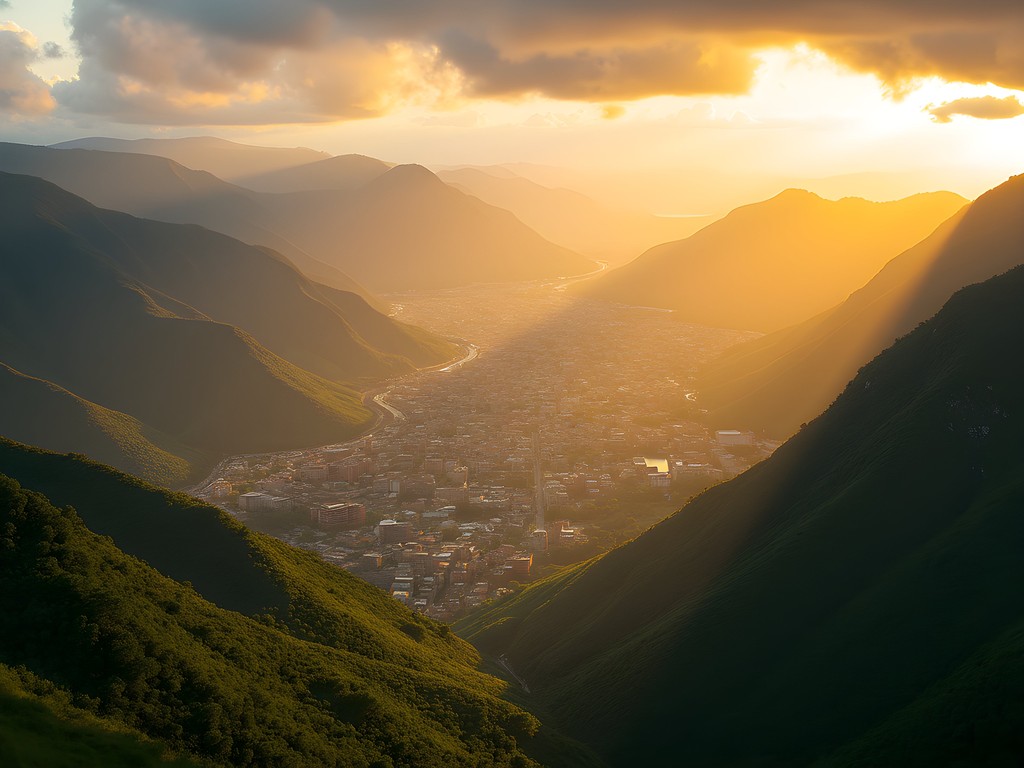
💡 Pro Tips
- Book bus tickets 1-2 days in advance during peak season (May-August)
- Bring small denomination USD or local currency for roadside food vendors
- Sit on the right side of the bus from Harare for the best mountain views
Budget Accommodations: Rest for Body and Spirit
As a chaplain accustomed to finding sacred spaces in unlikely places, I've discovered that budget accommodations often offer the most authentic connections. In Mutare, I bypassed the tourist hotels for Cecil Kop Backpackers, a modest but clean establishment where $15/night buys a bed, warm shower, and invaluable conversations with fellow travelers and staff.
For those seeking even more economy, Mutare Backpackers in town offers dormitory beds for around $10. Both locations provide communal kitchens where I prepared simple meals from the Sakubva Market's bounty of fresh produce, cutting my food costs to under $5 daily.
My most meaningful accommodation experience came through Africa University's homestay program, where $20/night connected me with a local family. Breaking bread together each evening, we shared not just food but perspectives on faith, culture, and life's journeys. The grandmother's lessons in preparing sadza (cornmeal porridge) became unexpected spiritual practice—hands working in ancient rhythms while hearts opened in conversation.
Before settling in each night, I'd sit on whatever porch or balcony was available and write reflections in my headlamp light, processing the day's adventures while nocturnal creatures serenaded from the surrounding highlands.
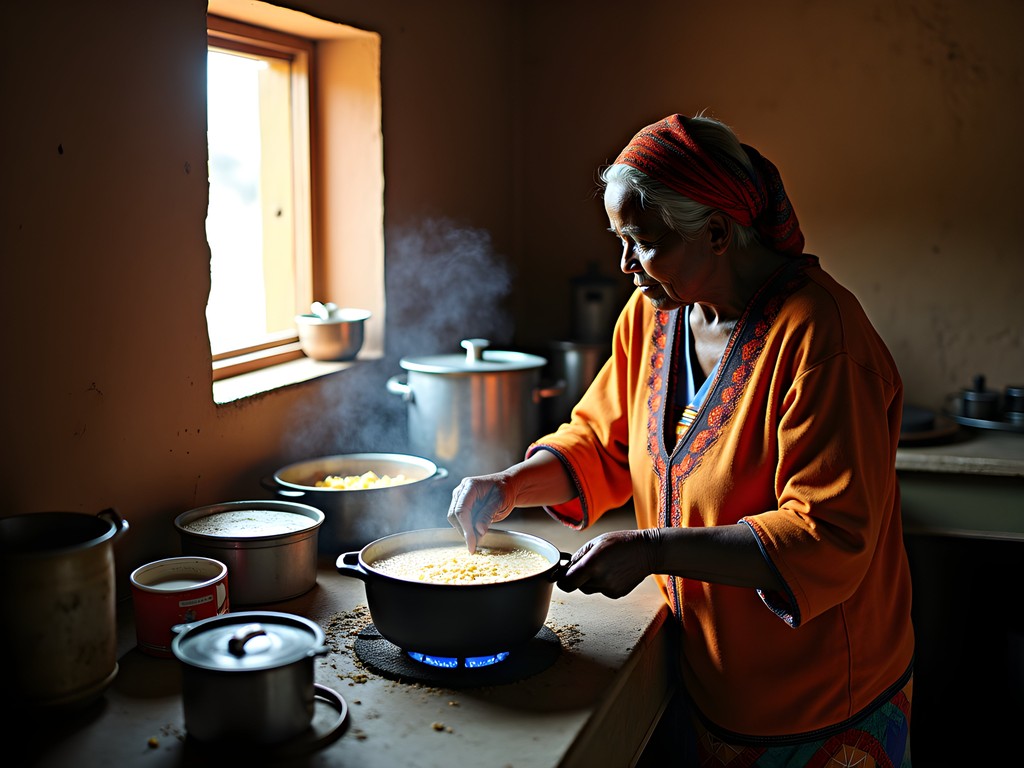
💡 Pro Tips
- Book Africa University homestays at least 2 weeks in advance through their community outreach office
- Bring a lightweight sleeping bag liner for backpacker accommodations
- Most budget accommodations offer secure storage, but bring your own padlock
Cecil Kop and Bvumba Mountains: Wilderness Worship
The Eastern Highlands offer spiritual sanctuary for the adventure-minded pilgrim. Cecil Kop Nature Reserve, accessible via a $5 entry fee, became my morning ritual. I'd rise before dawn, lace up my hiking boots, and ascend the trails as first light painted the landscape. The reserve's 1,600 hectares contain diverse ecosystems where baboons, zebras and over 300 bird species dwell.
For serious hikers, the more challenging Bvumba Mountains beckon just 25km south of Mutare. Local buses make the journey for under $2, though negotiating with a driver for an early morning departure requires patience and faith. The reward? Misty mountain paths weaving through forest patches where rare Swynnerton's Robin sings praises from hidden perches.
During my Bvumba trek, I encountered unexpected rain despite visiting during dry season. My rain poncho proved essential, packing small but providing complete coverage when the heavens opened. The mountains here create their own weather patterns, teaching humility to even experienced travelers.
Both areas offer budget-friendly adventure, but bring sufficient water and snacks. I found my trekking poles indispensable on steeper sections, particularly when navigating the path to White Horse Inn viewpoint, where the entire Mozambique border stretches before you like God's own canvas.
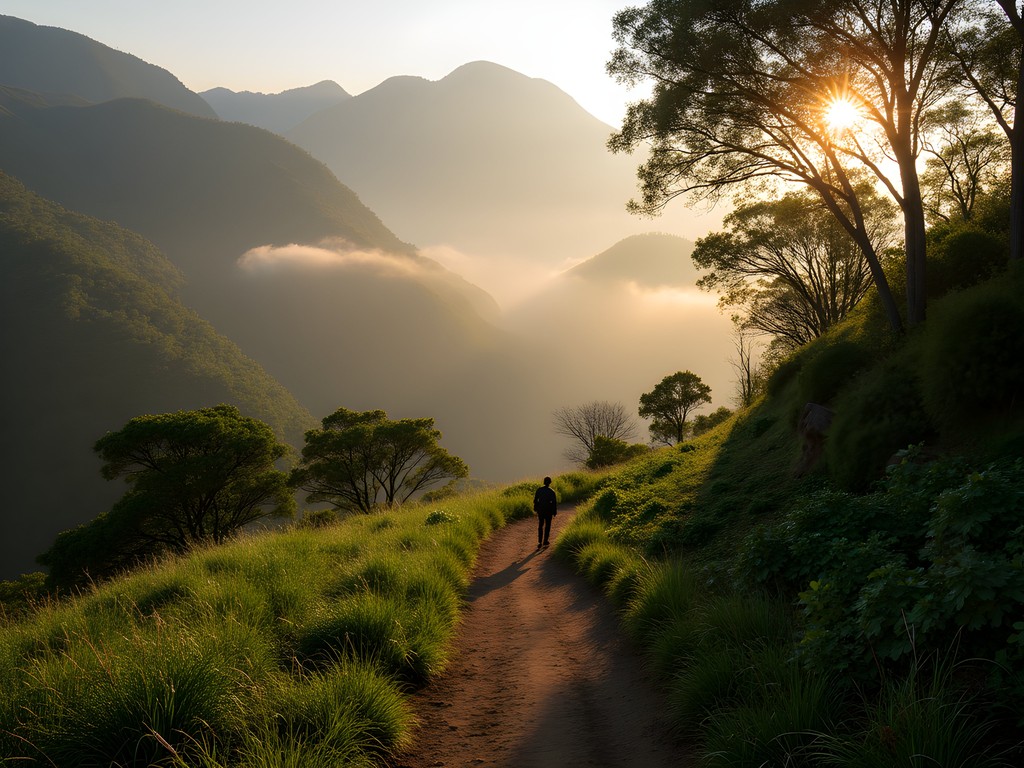
💡 Pro Tips
- Start Cecil Kop hikes early to avoid afternoon heat and see more wildlife
- Hire a local guide ($10-15) for Bvumba hikes to discover hidden viewpoints
- The Bvumba Botanical Gardens offer student discounts with valid ID
Cultural Connections: Markets, Museums, and Meaningful Exchange
The Sakubva Market pulses as Mutare's beating heart, where $5 stretches remarkably far among stalls of fresh produce, handcrafts, and street food. Here, I practiced my rudimentary Shona greetings, earning smiles and often discounted prices from appreciative vendors. Saturday mornings bring the market to its fullest expression—arrive by 8 AM to experience the symphony of commerce before the midday heat.
The Mutare Museum charges a modest $3 entry fee for students (bring your ID) and offers fascinating insights into local geology, colonial history, and traditional Shona culture. What struck me most was the exhibition on liberation theology during Zimbabwe's independence struggle—a reminder that faith often walks hand-in-hand with justice.
For evening entertainment that won't strain your budget, seek out Africa University's cultural nights (usually Thursdays during term) where students perform traditional music and dance, often welcoming visitors to join. My participation in a mbira (thumb piano) workshop became an unexpected highlight, the instrument's meditative tones creating space for reflection.
Before my visit, I downloaded several Shona language basics using my language learning app which proved invaluable for building bridges with locals. Even my clumsy attempts at greeting elders properly demonstrated respect that opened doors to authentic connection.
Don't miss the chance to visit a rural church service if invited. My Sunday worship at a small Methodist congregation outside Mutare became a three-hour celebration of song, testimony, and community that transcended language barriers—the Spirit needs no translator.
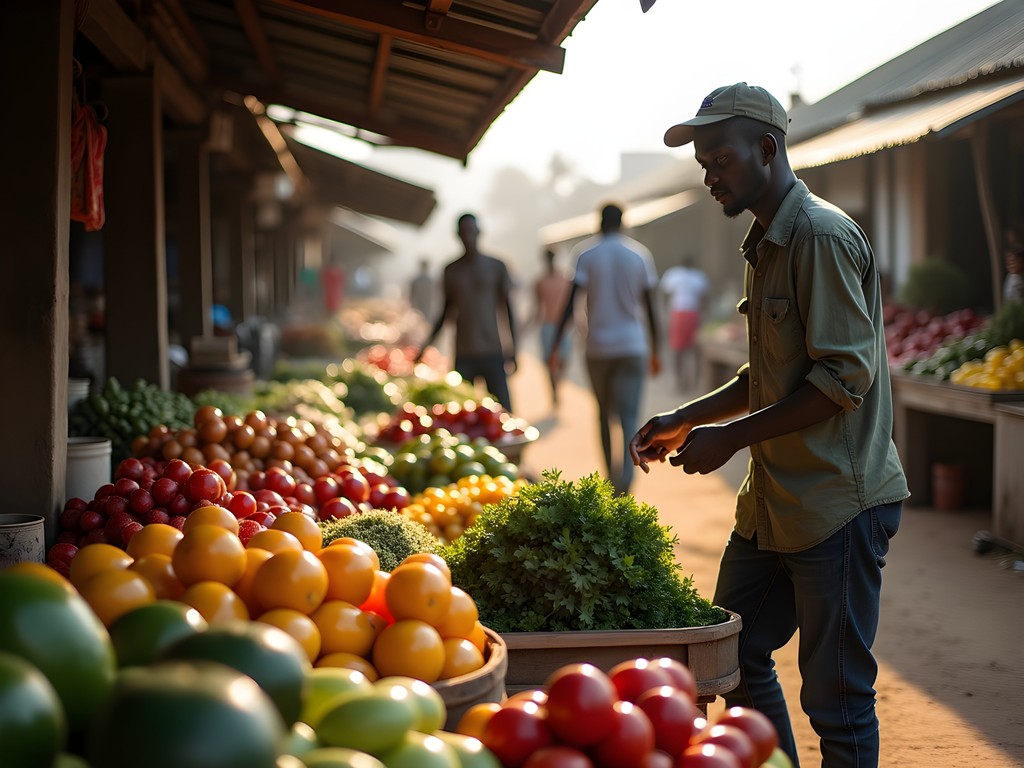
💡 Pro Tips
- Learn basic Shona greetings: 'Mhoro' (hello), 'Maswera sei?' (how has your day been?), and 'Ndatenda' (thank you)
- Respect photography etiquette by always asking permission before taking photos of people
- Visit Sakubva Market with small denominations and a reusable shopping bag
Day Trips: Nyanga and the Sacred Waterfalls
No pilgrimage to Eastern Highlands is complete without experiencing Nyanga National Park, home to Zimbabwe's highest peak, Mt. Nyangani. The park entrance fee ($15) initially seemed steep for my budget until I realized it covered two days of exploration. Local buses make the 65km journey north from Mutare for about $5 each way.
Mt. Nyangani itself holds deep spiritual significance for local communities. Before attempting the 4-5 hour hike to its 2,592m summit, I observed local custom by silently asking permission of the mountain spirits. The trail demands respect but rewards the humble climber with panoramic views that transcend description—truly a thin place where heaven and earth converse.
The Mutarazi Falls, Africa's second-highest waterfall with a 762m drop, lies within striking distance. Budget travelers can skip the expensive Skywalk and instead hike to several free viewpoints. During my visit, I filled my dry bag with lunch supplies and spent a full day in contemplation beside these sacred waters.
For those with archaeological interests, Nyanga's stone fort ruins and terraced hills speak of ancient civilizations and ingenious agricultural practices. A local guide (negotiate around $20 for a full day) provides cultural context that guidebooks simply cannot match.
Before setting out on any Nyanga adventure, I checked weather conditions using my weather radio since mountain conditions change rapidly and cellular service remains spotty. This simple precaution potentially saved me from being caught in a sudden afternoon thunderstorm.
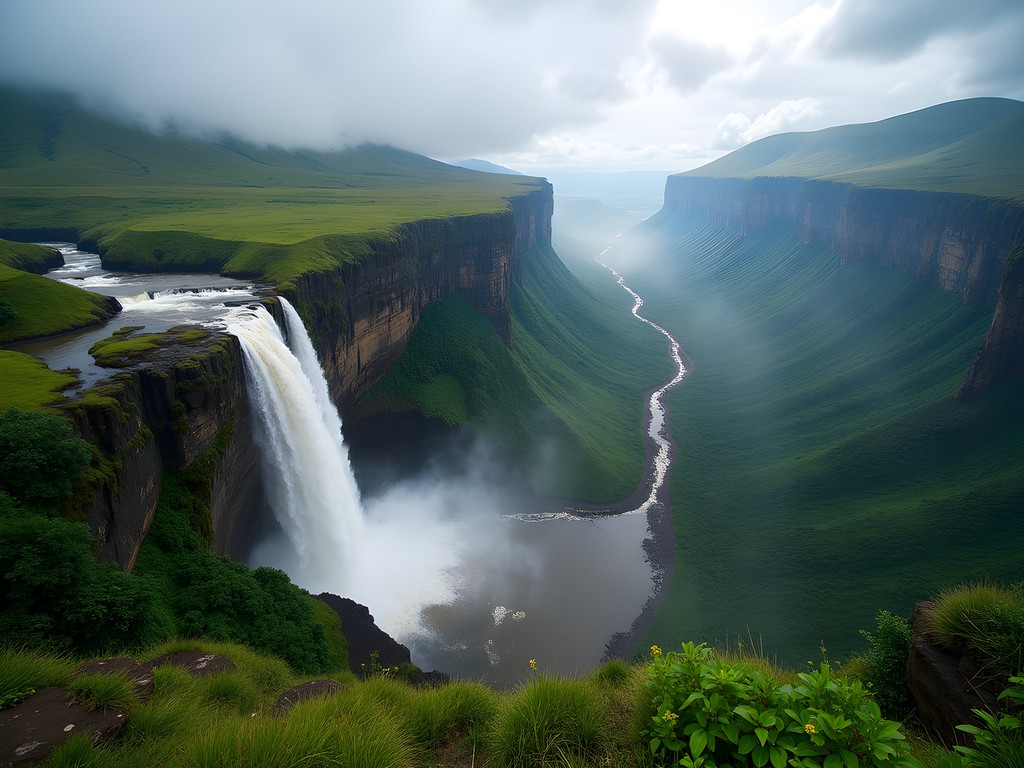
💡 Pro Tips
- Pack lunch and plenty of water for Nyanga trips as food options are limited and expensive in the park
- Combine transport costs by finding other travelers to share taxis to Mutarazi Falls
- Respect local spiritual beliefs about Mt. Nyangani by maintaining silence near the summit
Final Thoughts
As my week in Zimbabwe's Eastern Highlands drew to a close, I found myself sitting on Cecil Kop's summit one final time, watching the sun set over Mutare. The journey had cost far less than I'd anticipated—under $300 for the entire week including transportation, accommodation, food, and activities—yet the spiritual wealth gained felt immeasurable. These mountains had spoken ancient truths: that we find ourselves most fully when we step beyond comfort, that genuine connection transcends economic barriers, and that God's grandeur reveals itself most clearly when we approach with both humility and adventure in our hearts.
For the student traveler seeking both external and internal exploration, Zimbabwe's Eastern Highlands offer a rare combination of accessibility and transformation. The challenges you'll face here—whether navigating local transport, hiking demanding trails, or bridging cultural divides—become the very tools that shape your journey's meaning. As a chaplain who's counseled countless souls through life's passages, I can attest that the passages through these mountains may well become defining chapters in your own story.
Go with an open heart, a respectful spirit, and yes—a carefully planned budget. The misty peaks of Mutare await, not just as a destination, but as a sacred classroom for the adventurous soul.
✨ Key Takeaways
- Zimbabwe's Eastern Highlands offer profound adventure experiences for under $300/week
- Connecting with local communities through homestays provides the deepest cultural insights
- Spiritual reflection and natural wonder combine perfectly in Mutare's surrounding wilderness
- Budget travel here requires flexibility and advance planning, especially for transportation
- The shoulder seasons (April-May and September-October) offer the best combination of good weather and smaller crowds
📋 Practical Information
Best Time to Visit
May to October (dry season), with April-May and September-October offering ideal conditions with fewer visitors
Budget Estimate
$40-50 per day including accommodation, food, transportation and activities
Recommended Duration
5-7 days minimum to experience Mutare and surrounding highlights
Difficulty Level
Advanced - Requires Comfort With Basic Accommodations, Local Transportation Systems, And Challenging Hiking Conditions

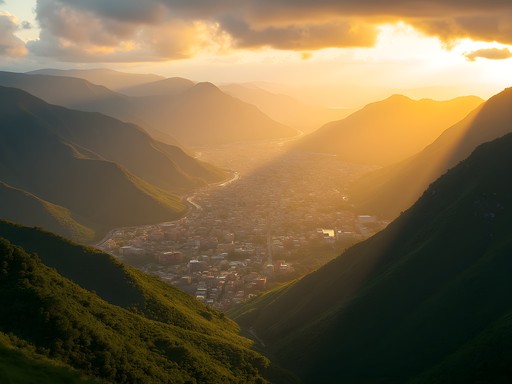
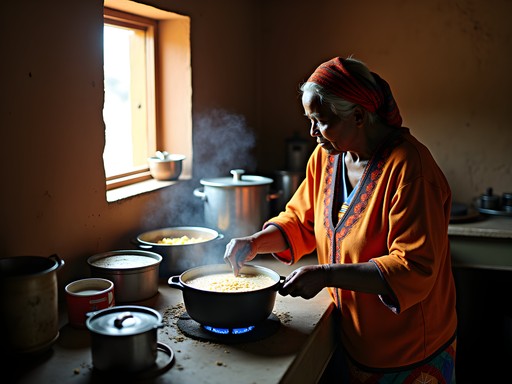
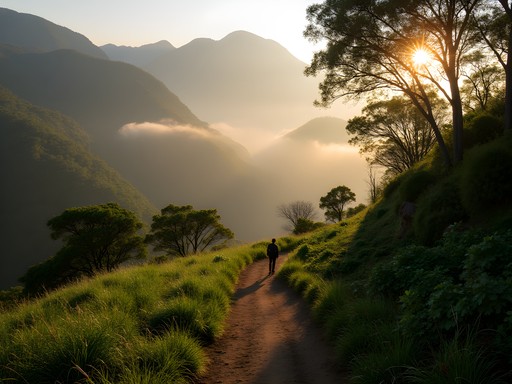
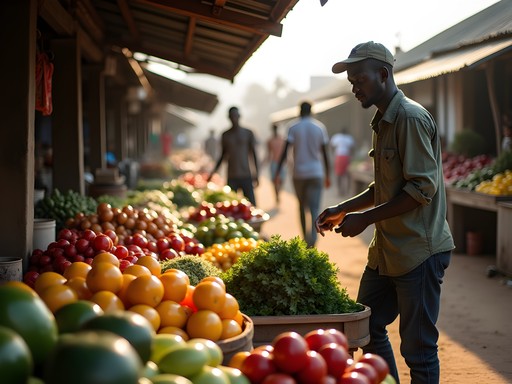
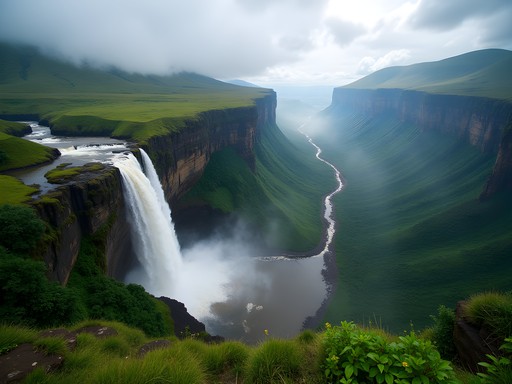


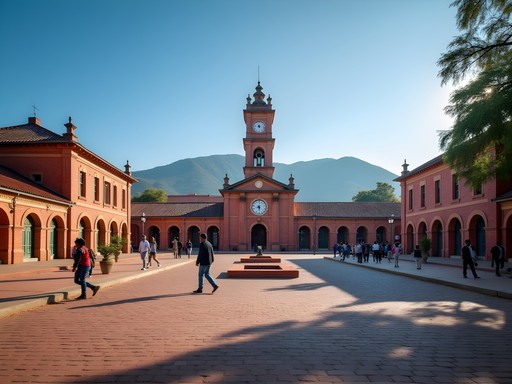
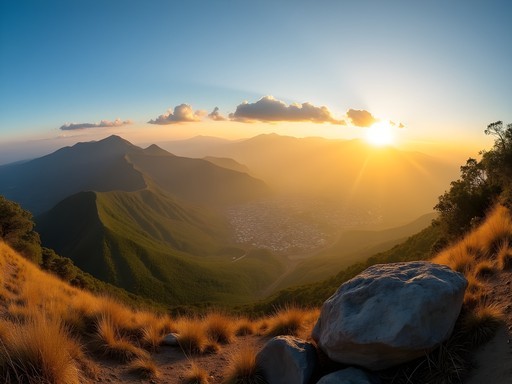
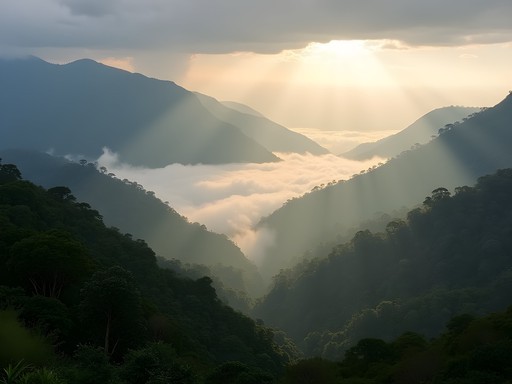

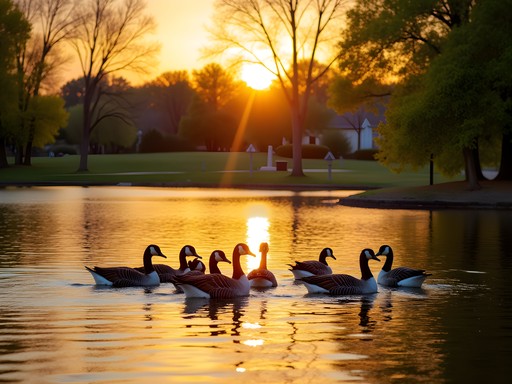
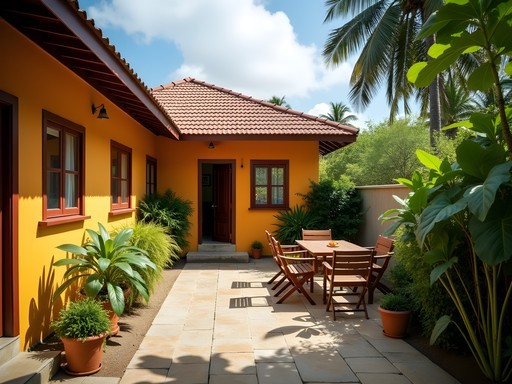
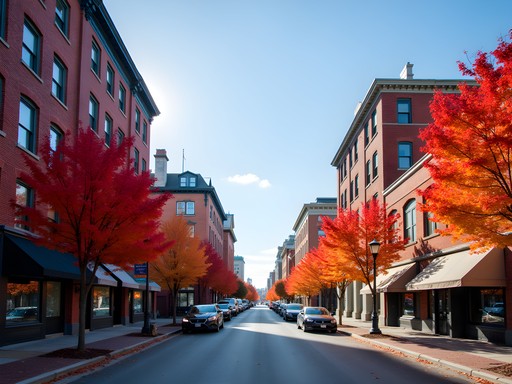
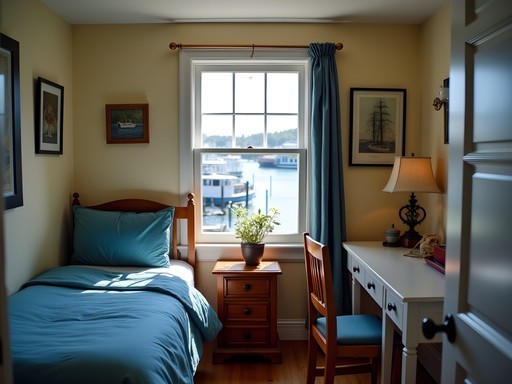
Comments
globerider2041
This brought back so many memories! I visited Mutare last year and the Eastern Highlands are seriously underrated. We also took that public bus from Harare and while it was definitely an adventure (so packed!), it was such a great way to meet locals. Did you try the food at Mutare Market? Those grilled corn cobs with peri-peri were my daily lunch. Cecil Kop was incredible - we saw some amazing birdlife up there. Thanks for highlighting budget options - Zimbabwe can be done affordably with the right approach!
Jacob Lawson
Thanks for sharing your experience! Yes, the market food was incredible - I practically lived on those corn cobs and sadza too. Did you make it to any of the smaller villages outside Mutare?
globerider2041
We made it to Penhalonga for a day trip! Such a fascinating little place with that old gold mining history. The locals were incredibly welcoming.
nomaddiver
Thanks for this guide! How's the internet situation in Mutare? I need to work remotely a few hours each day. Also, did you feel safe walking around town?
coffeeseeker
Not the author but I was in Mutare earlier this year. Internet was surprisingly decent in town and at most guesthouses. I used my portable hotspot as backup but rarely needed it. And yes, felt very safe during daytime, just used normal precautions at night!
travelwanderer
We did the public transportation too and it was an experience! Pro tip: bring small USD bills for the markets in Mutare. Most vendors preferred cash over mobile payments when we visited in September.
Hunter Thompson
Jacob, mate! Brilliant write-up on Mutare. I was there last summer and can confirm everything you've said. The local transport was an adventure in itself - those minibuses packed with chickens and all! For anyone planning a trip, I'd add that the Cecil Kop hike is doable without a guide if you're on a super tight budget, but hiring a local guide (around $15) adds so much cultural context. The sunset from Bvumba was honestly one of my top 5 African moments. Did you get a chance to try the local Tanganda tea from the nearby plantations? Absolute game-changer!
wanderguy
How many days would you recommend for Mutare and surroundings? Planning a Zimbabwe trip next year!
Hunter Thompson
I'd say minimum 3 days, but 5 is ideal! 1 day for Cecil Kop, 1 for Bvumba Mountains, 1 for the markets and cultural sites, and the rest for day trips or just soaking it all in. The pace is wonderfully slow there.
Savannah Wood
Jacob, your post brought back so many memories! I backpacked through the Eastern Highlands last year and was blown away by how affordable it was compared to other African destinations. The local buses from Harare to Mutare were an adventure in themselves - I still laugh about sharing my seat with a woman's chicken! Cecil Kop was definitely a highlight, though I wish I'd spent more time in Bvumba. Did you make it to Nyanga National Park? The mountain views there literally brought tears to my eyes.
escapeace
Savannah, how was safety as a solo female traveler there? Considering a trip next year.
Savannah Wood
I felt surprisingly safe in the Eastern Highlands! The locals were incredibly protective and helpful. Just use common sense - don't flash valuables, be aware of your surroundings in Mutare city center, and consider hiring a local guide for remote hikes. The guesthouses Jacob mentioned are all in safe areas.
journeywanderer
This is exactly what I needed! Been wanting to visit Zimbabwe's Eastern Highlands for ages but was worried about costs. Bookmarking this!
sunsetbackpacker
Those Eastern Highlands views look incredible! Definitely adding to my bucket list.
Venture X
Premium card with 2X miles, $300 travel credit, Priority Pass